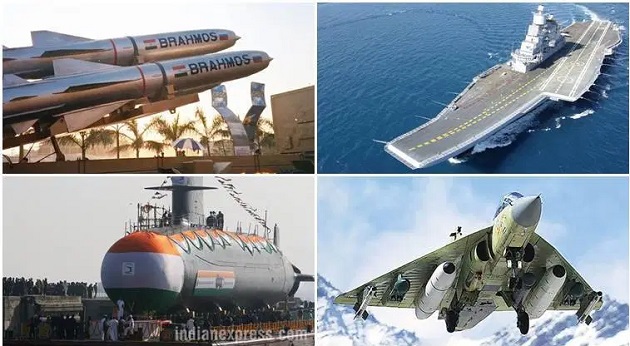This year’s Union Budget is arguably one of the most anticipated events in recent history; more so because this budget, the first for the decade of ’20s, could practically determine the direction for the economy. The COVID-19 pandemic ravaged macroeconomic fundamentals, unprecedented geopolitical backdrop and growing inwardness amongst large economies have all but set the stage.
Recent developments at neighbouring borders will weigh in on the government’s broader decision making for the short to medium term. It is this reason why India’s defence industry finds its stakes high in the run-up to budget day.
To be fair, the defence sector has had a rather busy build-up given a set of policy rollouts over the last year. Defence Acquisition Procedure (DAP) 2020, released and made effective since October 2020, could well be described as a comprehensive overhaul of the existing procurement policy framework.
Budget 2021
DAP 2020 ushered in new procurement categories, including ‘lease’ as a potentially viable alternative in catering to short term/limited needs of the Indian military. A significantly improvised offsets programme (including withdrawal of offsets from G2G procurements) can be expected to bring about a lot more transparency and ease in administration, even as the list of eligible offset avenues appears truncated and offset banking is omitted in the new policy.
Strategic Partnership (SP) model has had a modest beginning thus far; one can hope that the improvisation carried out by extant guidelines will help spur indigenisation of defence manufacturing capabilities under this procurement category. A more recent embargo on the import of 100+ equipment /platforms has underlined the Atmanirbhar goal of the government as the cornerstone of defence procurement policy.
In yet another development, Foreign Direct Investment (FDI) in defence manufacturing was enhanced to 74% (from extant 49%) under automatic route; proposal for higher FDI continues to require the government approval. However, the press note (PN 4/20) does raise a set of concerns as to the intended outcome as the language of the dispensation leaves itself open to varied interpretations, especially for brownfield investments and those not subject to the requirement of industrial licensing.
Simultaneously, a reduction in the corporate tax rate to 15% makes India a highly competitive destination for defence manufacturing in the region. Additionally, the government’s intent to develop India into an MRO hub will need comprehensive policy thinking to make this high growth sector viable.
This year’s budget presents an opportunity for the government to firmly declare aspirational targets for indigenous manufacturing and export. Whilst the industry will hope for a bigger piece of the pie when it comes to budgetary allocation for capital outlays (significantly higher than Rs 1.13 lakh crore allocated for FY21), especially given the geopolitical scenario the nation finds itself in, prudence is likely to prevail in the present rather difficult fiscal circumstances the government would be faced with.
It is, therefore, even more, critical that Budget 2021 lays out a long-term vision for a wider defence value chain and not limit the exercise to enhancing procurement targets for the military. It is important to rationalise import duties and GST on components and spares to mitigate artificial price escalation, especially in government procurements and export supplies.
Further, a thoroughly curated tax structure for MRO services is critical to realising the ambition of India emerging as a globally competitive destination, both for defence and civil MRO. Reducing the corporate tax rate for MRO to 15% (like in case of defence manufacturing) and according to ‘infrastructure‘ status to MRO ventures, will make investments more viable.








